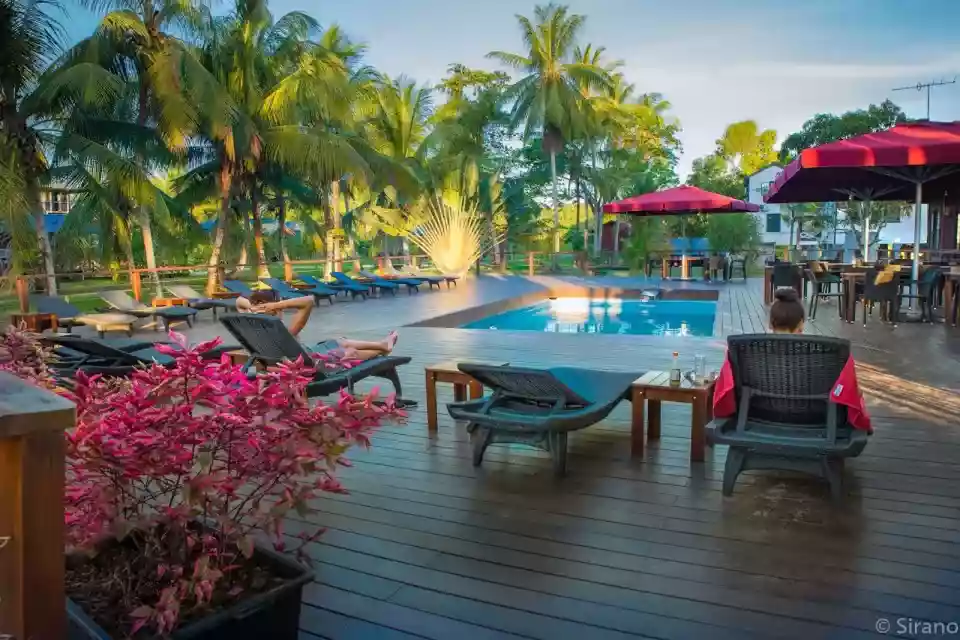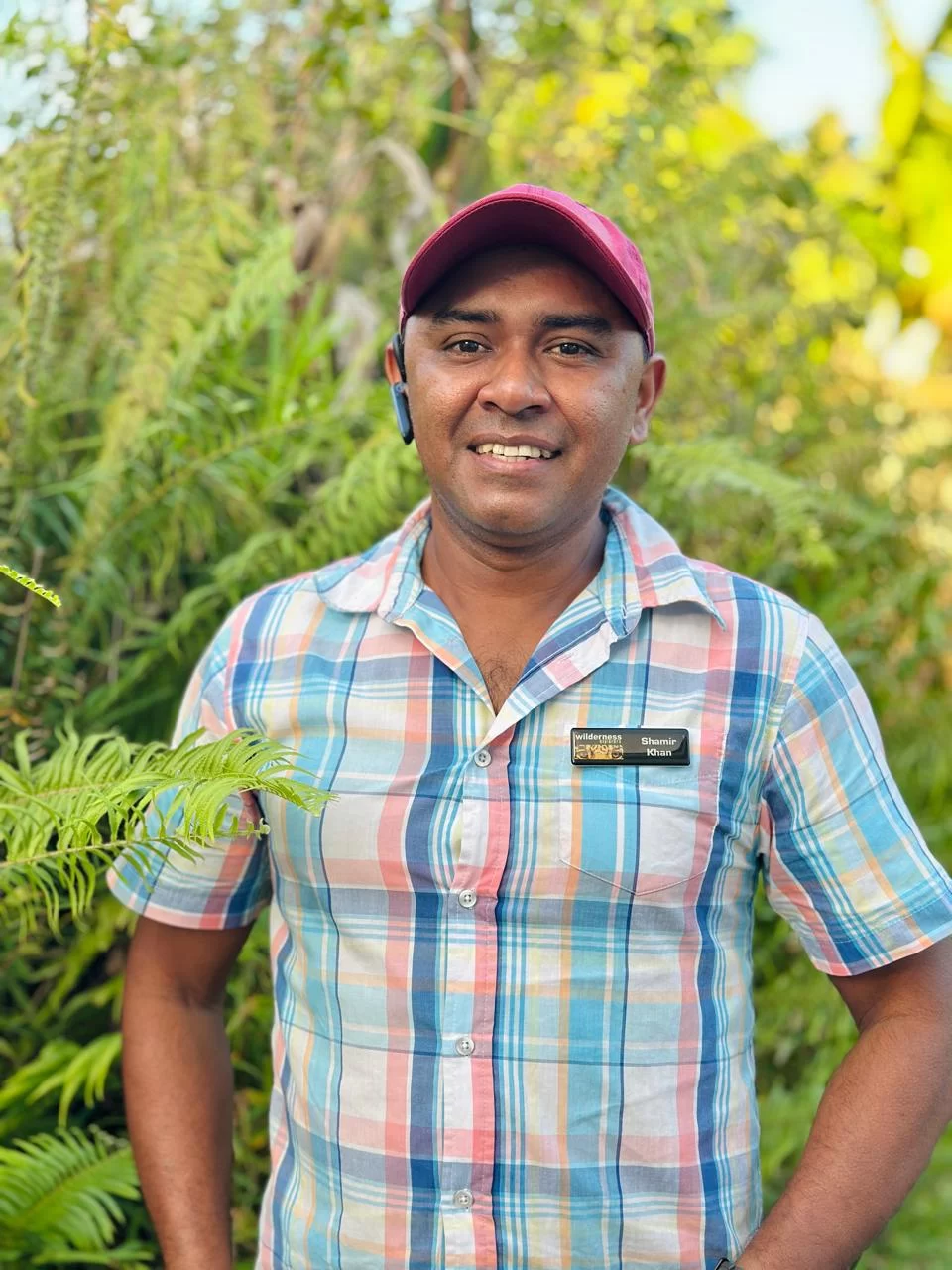
Experience A Magical Caribbean Christmas in Guyana: Swap Silent Nights for Roaring Waterfalls!
This holiday season, why not trade the winter chill for a truly unforgettable tropical adventure? If you’re dreaming of a getaway that combines relaxing Caribbean vibes with awe-inspiring natural wonders, look no further than Guyana. We invite you to spend your Christmas in the land of giants—giant waterfalls, giant rivers, and giant wildlife. Join us




